“La la la never give up, ganbaru wa!” – these truly are words to live by, and I don’t think any of our beloved sailor-suited girls of love and justice could have said it any better (absent the help of the musical genius of Stan Bush) in the second ending to the Sailor Moon SuperS anime, Rashiku Ikimasho.
But there’s a problem: when you stop and read through the lyrics, it doesn’t actually make a whole lot of sense.
Today we’re going to talk about some of the confusion surrounding this awesome song, and what makes the song so powerful. This may get a bit detailed, so be sure you’ve had a nice cup of coffee (or delicious Pop-Tart?) before we dive straight in!
I know, when you first saw the title being about a song in Sailor Moon, you were probably expecting yet another entry in my extensive coverage of Moonlight Densetsu. And to be honest, I don’t blame you. But bear with me here – I am reasonably capable of talking about other songs.
So, like usual, our first step is in establishing our baseline and making sure we’re on the same page… or at least in the same chapter. After all, if we’re not talking about the same issue, we can’t even begin to talk about whether something is right or wrong in the first place.
There are two major problems facing modern, non-Japanese-speaking Sailor Moon fans in trying to understand the song:
- a lot has changed in the past 20 years since the song came out
- things popular among kids in Japan aren’t necessarily popular in the West
If you’re curious about following along, as far as I’ve been able to tell in looking across the internet, there’s only one good translation of this song, and that would be the one by Kurozuki.1 The others are so bad that they’re frankly misleading.
With that out of the way, it’s probably a good time to ask “what’s actually confusing about the song?” for those of you who either (1) never thought it was confusing or (2) never even bothered to look at the lyrics in the first place.
Well, a major theme of the song (likely told from ChibiUsa’s perspective) is that you can rewrite your profile whenever you want, be it your love profile, your fighting profile, whatever.
For you savvy kids of the internet age, you probably immediately jump to the (semi-) correct conclusion that ChibiUsa – being tired of her current profile – logs into her MySpace social media profile and changes things around. New selfie icon, maybe a cover image of her cat. Y’know, as one does. Changing how other people see you.
But that’s not how things worked 20 years ago. The profile being referred to here is actually one that would be found in a so-called プロフィール帳 (purofiiru chou; profile notebook).2 They were incredibly popular among young girls in the 90s, though they’ve been around since at least the 80s and are still sold today.
These profile notebooks typically consisted of fun Q&A games to play with your friends and, most importantly, a bunch of “profile” pages that you could fill out or give to your friend to fill out and give back to you. You would then have them all collected together to have a copy of all your friends likes, dislikes, birthdays, hobbies, what they’re like as a person, etc.
Yes, dear reader, these are essentially the character bios that you’ve come to know and love in nearly all anime.
The point of the song, then, is that you don’t need to commit to just one “you” and stick with it. During this pivotal time in your life, of going through puberty, you’re allowed to just rewrite yourself – or your “profile,” if you will.
“But,” I can hear you objecting angrily, over the sounds of my way-too-noisy keyboard, “that’s ridiculous! How could you rewrite your profile in the pre-internet age!”
And you, my pleasant-but-annoying fictional reader, would be correct. If Ami, Umino, and Momo-chan all have their own copies of ChibiUsa’s profile, changing would be pretty tough.
Except that the very first profile in these books is generally, unsurprisingly, about yourself. And this is the profile that the song (and presumably ChibiUsa?) is welcoming you to rewrite. You’re young, you’re growing, and you’re in a period of transition. The song is telling you that it’s okay to rewrite how you see yourself – which has nothing to do with how you express yourself to others (you know, in our modern social media profiles)
And one last, probably trivial note that doesn’t matter to anyone, but in every translation of the song (even the Kurozuki version I referenced earlier), it makes mention of ringing a pocket bell when you’re feeling like crying.
The obvious conclusion is that this is a tiny little bell that one keeps in their vest pocket and only rings in the case of an emergency, but unsurprisingly, that’s incorrect. A “pocket bell” is what we’d know in the west as a “pager” or a “beeper.”3
So when ChibiUsa is feeling down, she’ll page the other senshi to let them know she’s going to take a break from being a soldier, but that’s okay, because she’s allowed to rewrite her fighting profile.
And that is probably more than you ever really wanted to know about the types of games Japanese elementary school girls played in the classroom and on the playground in the early- to mid-90s! On the plus side, I managed to talk about pagers, so I feel like I achieved something, at the very least.
Anyway, I’ve really been wanting to write about this song for awhile since it’s one of my favorites in Sailor Moon. But also, like many other things in the series – and pop music in general! – it’s definitely a product of its time, and there’s a lot lost as the years go by.
If there are any parts of other Sailor Moon songs you’ve had questions about, let me know down below! I’d be interested in taking a look at some of the the other songs from the series and dissecting them!
References:
- See Rashiku Ikimasho ↩
- See Profile Notebooks ↩
- See Pager (Wikipedia) ↩
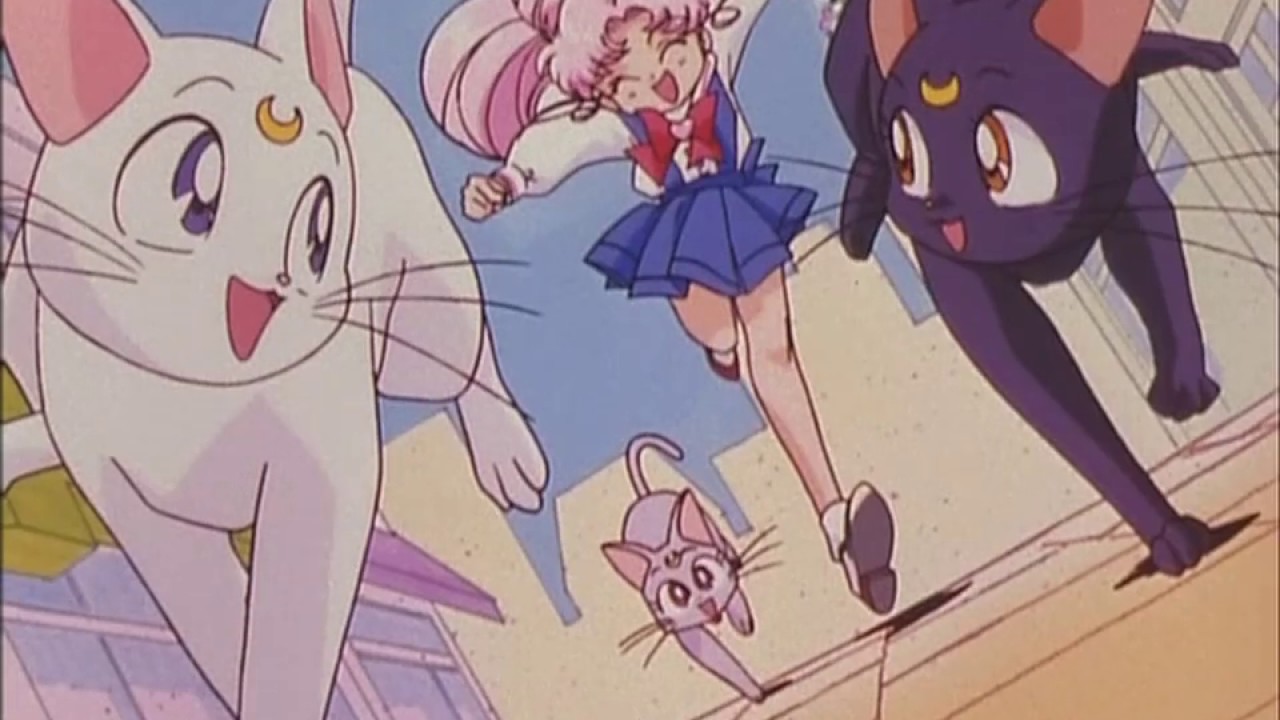
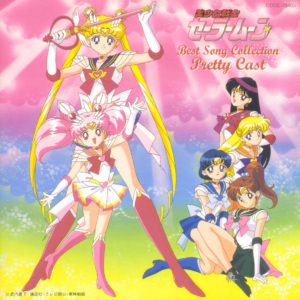
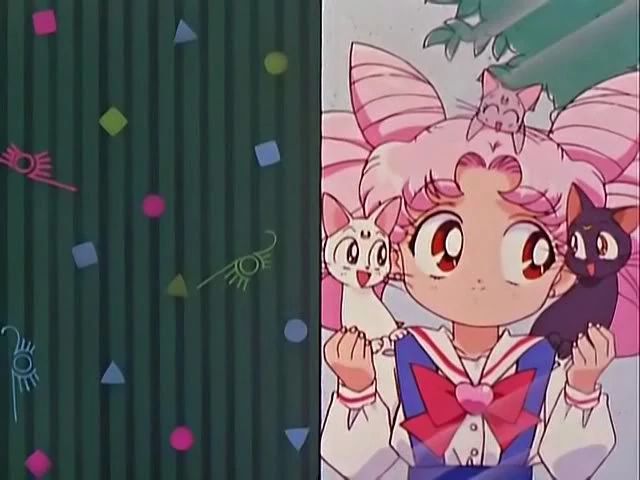
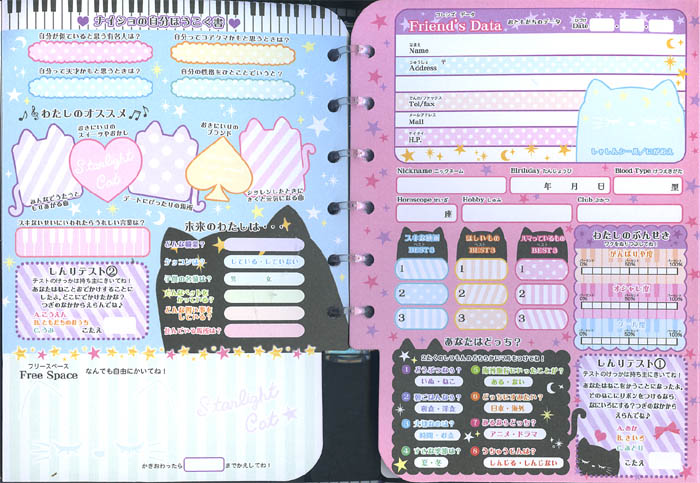
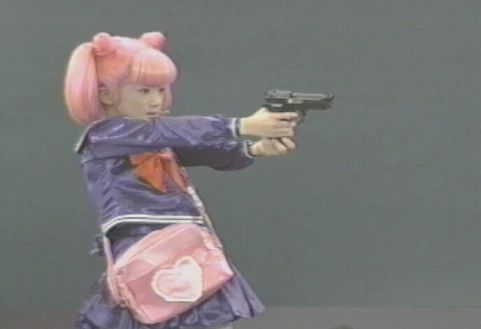
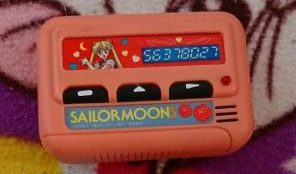
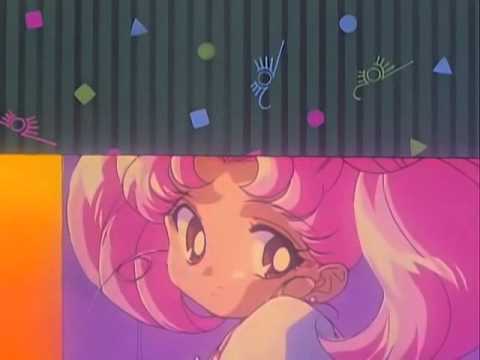

My friends and I all swapped profiles from those diaries when we were younger xDDD
Either I somehow missed out on the phase, or it totally wasn’t a thing in America. When I first came to Japan in 2008 as an English teacher, some of my students actually had me fill out profiles!
I also remember that Japanese mobile phones (I got a prepaid one back in 2005) had features like this, and you could actually trade profiles with friends.
It was an Asian thing xD It was popular among Asian girls in Australia during my high school days and the diaries were usually bought from cute Korean shops (which also sold stickers, sticker photos toys etc)
Huh, I’m not Asian, Australian, or female… so guess I had a lot working against me on this! =p
Ahahhah
I don’t think it was strictly an Asian thing. I live in Texas, and I actually remember a couple of girls having journals like this at school. Nowhere near as popular as they were in Japan, though.
Interesting…! I know I’ve heard about a lot of other “school cultures” even in the same city, where one fad picks up at one school but not elsewhere. It’s possible that the schools I and my siblings went to never picked up on it.
I’m from Texas as well and I remember some notebooks having a Bio section and specific also “Best friend” notebook you could get from places like Claris when i was young. It wasn’t a huge thing but it was there.
I knew social media profiles didn’t exist back then, so I always assumed it was meant as some sort of metaphor. It’s interesting hearing it was an actual profile.
This has always been one of my favorite Sailor Moon songs, and I love finding out more about it. As dated as the references may be, I like the whole “don’t be afraid to reinvent” meaning of the song. That’s something you don’t hear much in songs even today!
Not only do I like the beat in general, but it’s definitely a really interesting song when you actually dig down in the meaning behind the lyrics.
And hey, just the thought that ChibiUsa is paging the other senshi is cool enough for me.
It is! And me too. I wish *I* could page the senshi to hang out whenever I’m feeling down.
Looks like we both bought the Stars Best Song Collection and the SuperS Pretty Cast as our first Sailor Moon CDs. I guess that’s not surprising since they contain most of the best music of the series, and I suspect they were probably also the most widely available for sale to Western fans at the time. I seem to remember hearing that most of the CDs sold to Americans were Chinese knockoffs and the authentic CDs were priced at $60 or something ridiculous.
Now that I look it up, “Pretty Cast” was the name of a pair of women who did a couple of songs for Sailor Moon, and the rest of the CD was their cover versions of other Sailor Moon songs instead of the authentic original songs that most fans would probably have wanted. I’m sure I would have noticed that their covers weren’t the original songs, I’m sure I just didn’t care back then.
I had sort of understood the meaning of the song, that it’s OK to change your looks and your personality as you grow up, but I never know about those profile books. That’s pretty interesting.
I hadn’t heard about pocket bells, aka beepers, in so long. Remembering those made me feel so old… I mentally categorize them as ancient technology like record players and TVs that use clunky dials to change the channel. It just doesn’t seem right to remember that this super outdated technology came out when I was a teenager and was popular during the years of Sailor Moon. The mid 90s couldn’t have been that long ago, were they? Heh… to kids today this must sound like when my parents remembered color TV being popular.
Yeah, I’m pretty sure that the ones I bought back in the day were also the bootlegs. They were the gold-backed CDs, which from what I read is a sure-fire sign of them being bootlegs.
Of course, I was a poor 14 year old kid, so I seriously didn’t care. I absolutely treasured those CDs for years.
I did know about the Pretty Cast thing, though. At first I was really disappointed because I wanted the original songs, but the Stars Best Of basically had me covered, and it was also nice to hear a different take on the songs. There were a few covers I actually preferred from the Pretty Cast CD, now that I think about it.
As for the different technology, it really is interesting looking back at these shows and remembering that the characters were in an entirely different world back then. Not only is it a fictional world, but one 20+ years from where we are now. They didn’t have the option of just googling something, or having instant contact with their friends or boyfriends like we do now. In the Dream Land episode, for example, they literally had to call Rei up at home, decide on a meeting place and time (at a place they may have never been!) and just hope that they can meet up and no one’s running late. No “sorry, I missed my train” text message or anything like that!
Now *I* want a profile diary!
Great info as usual ;).
Let me know when you get one — I want to fill out a page!
I JUST REMEMBERED I ACTUALLY HAD ONE! But it was Spice Girls themed, so it was kind of a photobook plus profile stuff and I had my friends filled out their “stats” (like favourite foods, etc.) in it as well. Presumably it was to make it feel like we, too could be Spice Girls XD. (And it totally worked btw.) Anyways, so it was a thing here too. I wonder how many other varieties there were around in English that I just simply didn’t run into?!
Rashiku Ikimasho is one of my favorite Sailor Moon songs and I was always confused about its meaning… So thank you for this explanation 🙂
I always read your posts btw. You are doing a great job!
I’ll freely admit that I’m a fan of more pop-y, upbeat music, so that’s probably what draws me in about Rashiku Ikimasho and even the Sailor Stars theme.
While I love a lot of the songs in the series, many of them are a bit too slow for me to really listen to frequently when I need that pick-me-up on the train ride to work.
Glad you enjoy the blog! It’s 100% the readers that keep me going!
It seems like this ‘profile’ is very similar to what we call here in the Philippines as ‘slambooks’. I didn’t know this was the meaning of this song! It was one of my favorite sailor Moon songs. I’ve known this song even before I found out this is an ending theme. In our local dub, the tv station only use ‘Watashi-tachi ni nartakute’ as the ending song. 🙁
I’ve never really looked into the meaning of the lyrics. But I’ve memorized them because I was learning katakana and hiragana at that time and I read the lyrics and converted them in romaji to my notebook. Such fun times.
When you say slam book I think of the movie “Mean Girls” where they all have “The Burn Book” this book they write mean things about people in.
I had no idea that profile diaries were a thing in Japan. They were so popular here in Europe in the 90ies every girl in class had one. Oh btw I have that exact same cd and I’m pretty sure it was also the second Sailor Moon cd I’ve ever owned. Interesting article,love to read more of these.
Wow, awesome to hear that those little books were actually popular in other parts of the world too! Looks like I may have just missed out on them…
I’m late to the party here, but it seems to me like the “pocket bell” phrasing could be another big wink-nudge pun on Naoko’s part, referring to both a pager and to Chibs’ Crystal Carillon.
I never heard of the little profile books, but that makes the lines about rewriting your various profiles make a LOT more sense! I got the idea they were putting across (you can change yourself and your self-perception and that’s okay, even encouraged) but didn’t quite grok that it was also referring to a very literal thing that the target audience would have.
Thanks for covering Rashiku Ikimashou! It’s absolutely my favorite song from the entire series (it’s my jam), and even though I severely misinterpreted it, I still loved it anyway. LOL… I thought it was talking about a dating profile, and when I would rant about this to my fiance, I do believe he also brought up MySpace. XD But, that makes sense about profiles. I always thought it was cool how the Senshi had theirs. I think my friends and I may have traded something like this, too. I remember having something like it in my little Casio personal organizer (think Ami’s minicomputer).
At least now I can bop along to the song in all its wholesome goodness! YAY!! \^_^/
I live in Eastern Europe and of elementary school kids, eslpecially girls, had these notebooks we called lexicons where you post some info about yourself, likes dislikes and q/a section. Furst you do it yourself yhen you give it to your friends and even teachers. It was huge in late 90s early 2000s when I was at that age. Some artsy kid made them from scratch, ither bought some, but it was a huge part of our schoollife, so no it wasn’t just Asian things and we didn’t even know about anime at the time.
As a 90s kid myself, I had my own profile book! Now, being a kid in the American South at the time, I bought it from some Chinatown store on vacation and it had Hello Kitty on the cover. None of my friends knew what the hell it was but filled out the pages anyways because I asked them to. How far we’ve come since that time!
Are those Profile Books supposed to be somewhat similar to these so-called ‘Poetry Albums’ we might have had as kids in several European countries?
You’d write/fill in stuff like ‘What I like/dont like”, Hair/Eye Colour, size, Favourite Food/Beverage, your goals for the Future etc. and then return it to the owner if you were ready.